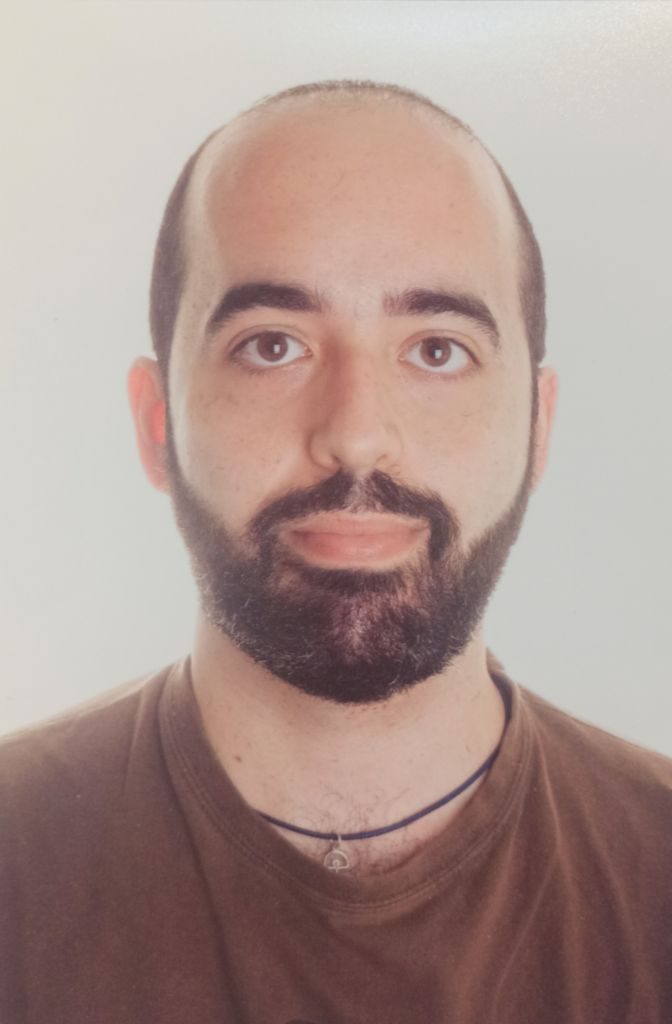
Studies in quantum physics are gaining in popularity, as there is a rush to introduce the next level of quantum computers, which are going to revolutionize the way we see computers. Quantum physics, as a research discipline, is also crucial as scientists in this field hope to make great strides in quantum technology. One such phenomenon is the discovery of quantum dots (QDs).
Quantum dots are nanometer-sized semiconducting particles that exhibit extraordinary optical and electronic properties. Thus, they find use in light-emitting diodes, lasers, single-photon sources, quantum computing, etc.
The optoelectronic properties of QDs are strongly dependent on their size and shape. Thus, precise determination of their shape in 3D is essential as it helps in better understanding of the growth process and provides better control over the properties to improve device performance.
The most commonly used techniques to determine the shape of QDs are atomic force microscopy (AFM) and scanning tunneling microscopy (STM). But these are useful only to determine the shape of large QDs, but not for small QDs. Thus transmission electron microscopy (TEM) methods were considered for this experiment.
TEM-based tomography, known as inline 3D holography, needs images from a single projection and can be performed at a low electron dose to minimize radiation damage.
No study has so far reported on the atomically resolved tomographic reconstruction of QDs. Therefore, the motivation of this work is to reconstruct atomically resolved 3D structures of QDs sized below 10 nanometres using inline 3D holography.
To conduct this experiment, two InN QDs on Silicon (111) were chosen. Atomically resolved 3D structural reconstruction of pre-pyramid shaped InN QDs sized below 10 nanometres was successfully demonstrated using an inline 3D holography technique at a low electron dose. This was the first experimental observation of the pre-pyramid shape of QDs sized below 10 nanometres in 3D that supports theoretical postulations. InN QDs have potential applications in biological sensors, high-frequency transistors, tunnel diodes, etc.
Prof. Sung Bo Lee, of Seoul National University, Seoul, South Korea, had the following observations: “QDs have potential applications in the field of nanotechnology such as in light-emitting diodes, lasers, single-photon sources, and quantum computing. Because, as the authors have already mentioned in the paper, the shapes of QDs determine their optoelectronic properties, so a correct analysis of their 3D shapes is crucial. “Inline 3D holography is a promising method to analyze the shape of small particles, especially several nm. The authors demonstrate this point in this paper. Of course, there are also disadvantages of this technology, and since the QDs are surrounded by amorphous glue in the process of preparing the TEM specimen, there is an error that comes from this. This can be minimized by averaging the defocus values. The strength of this paper is that it has applied inline 3D holography method to semiconducting QDs used in the actual systems and furthermore has presented a method to minimize the uncertainty caused by the amorphous layer that inevitably intervenes in the specimen preparation process.”

Prof.Somnath Bhattacharyya 
Prof. Francisco Morales 
Mr. Pritam Banerjee 
Mr. Chiranjit Roy 
Dr. Juan Jimenez
He further complimented the team, which includes Prof. Somnath Bhattacharyya, Prof. Francisco Morales, Dr. Juan Jimenez, Mr. Chiranjit Roy, and Mr. Pritam Banerjee, by saying, “As far as I am aware, this work is the first study on the shape of a nanodot structure with uncertainty added by an amorphous layer. I hope and believe that their method will be further improved to be easily and routinely applied to the morphological evolution of any nanostructures subjected to changes in external variables, such as temperature and pressure, mechanical and electrical stress (e.g., severe plastic deformation), and irradiation of high-energy particles (electrons, neutrons, or ions).”
Article by Akshay Anantharaman
Here is the original link to the scientific paper:
https://pubs.rsc.org/en/content/articlehtml/2021/nr/d1nr00466b?page=search









